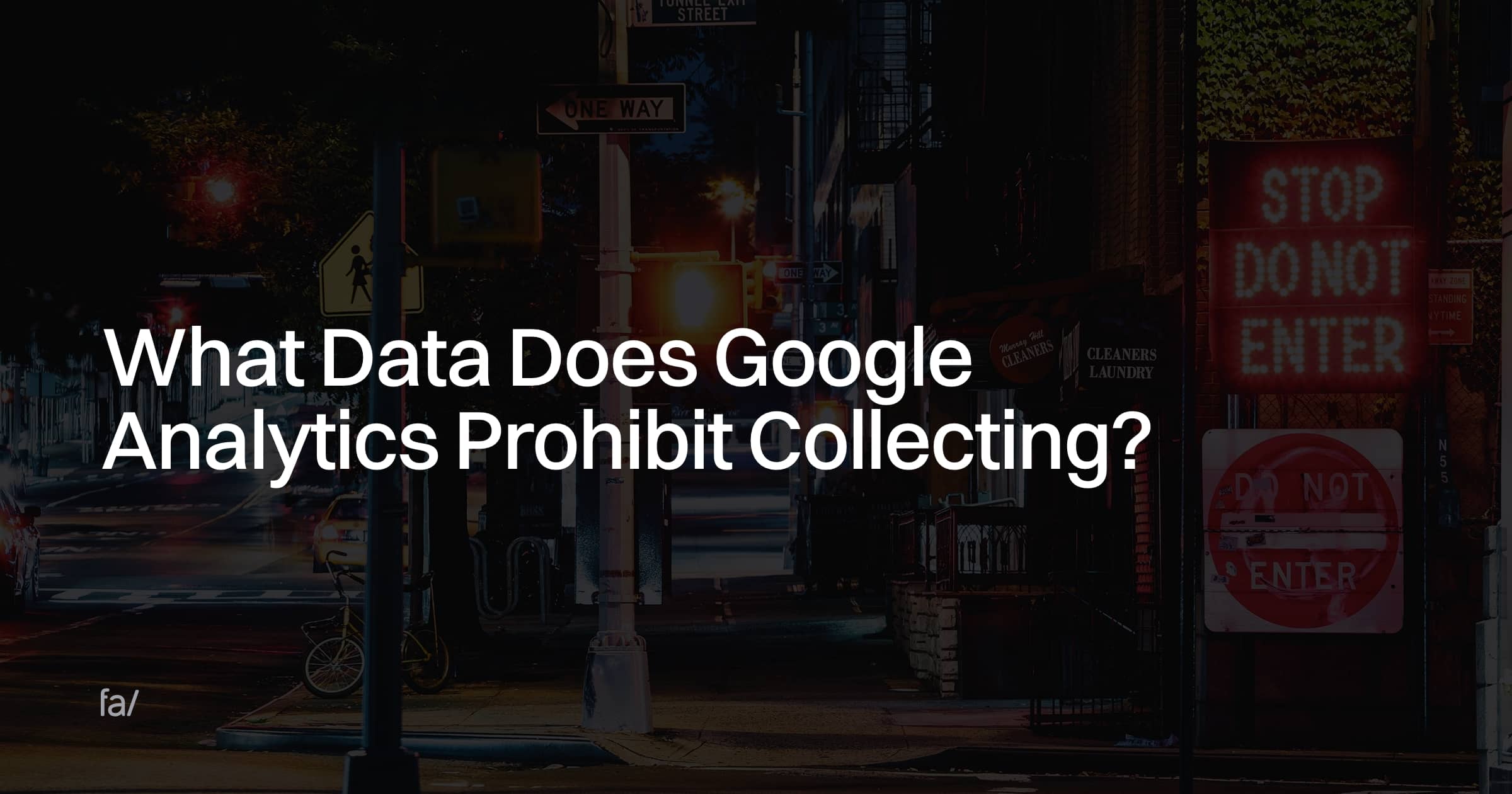Dive into Analytics: What Data Does Google Analytics Prohibit Collecting?
Dive into Analytics: What Data Does Google Analytics Prohibit Collecting?
Blog Article
Mastering the Art of Overcoming Data Collection Limitations in Google Analytics for Better Decision-Making
In the realm of electronic analytics, the capability to extract meaningful insights from information is extremely important for educated decision-making. By employing sophisticated strategies and tactical techniques, organizations can elevate their information top quality, unlock concealed understandings, and pave the way for more enlightened and efficient choices.
Data Top Quality Assessment
Information high quality analysis involves examining different elements such as accuracy, completeness, consistency, and timeliness of the data. One vital facet to take into consideration is information accuracy, which refers to just how well the data reflects the true worths of the metrics being measured.
Efficiency of data is an additional vital factor in evaluating data quality. Consistency checks are likewise important in data high quality assessment to recognize any inconsistencies or abnormalities within the data set. By prioritizing data high quality evaluation in Google Analytics, organizations can boost the integrity of their analytics reports and make more enlightened decisions based on precise understandings.
Advanced Monitoring Strategies
Making use of sophisticated tracking techniques in Google Analytics can substantially improve the deepness and granularity of data accumulated for even more extensive evaluation and insights. One such technique is event tracking, which permits the surveillance of details communications on a website, like clicks on switches, downloads of documents, or video views. By carrying out occasion tracking, organizations can obtain a much deeper understanding of individual actions and engagement with their online web content.
In addition, customized dimensions and metrics supply a way to tailor Google Analytics to details organization requirements. Custom measurements permit the creation of new information factors, such as user duties or customer sectors, while customized metrics enable the monitoring of unique efficiency indicators, like profits per user or typical order value.
In addition, the usage of Google Tag Supervisor can streamline the implementation of tracking codes and tags across an internet site, making it simpler to take care of and deploy sophisticated tracking configurations. By taking advantage of these advanced monitoring methods, businesses can unlock beneficial insights and optimize their on-line strategies for better decision-making.
Customized Dimension Execution
To improve the deepness of information accumulated in Google Analytics beyond advanced monitoring methods like occasion tracking, services can carry out custom-made dimensions for more customized insights. Custom dimensions allow organizations to define and accumulate details information points that relate to their special goals and goals (What Data Does Google Analytics Prohibit Collecting?). By designating custom-made measurements to different components on an internet site, such as individual interactions, demographics, or session information, organizations can get a more granular understanding of exactly how users engage with their on the internet properties

Attribution Modeling Approaches
Effective attribution modeling is important for recognizing the impact of different marketing networks on conversion paths. By utilizing the appropriate acknowledgment model, services can precisely connect conversions to the suitable touchpoints along the consumer trip. One typical attribution model is the Last Communication model, which gives debt for a conversion to the last touchpoint a user communicated with before transforming. While this version is basic and easy to execute, it usually oversimplifies the customer trip, neglecting the impact of other touchpoints that added to the conversion.
Information Tasting Avoidance
When managing huge volumes of data in Google Analytics, getting rid of information tasting is vital to guarantee precise understandings are acquired for educated decision-making. Information tasting takes place when Google Analytics approximates patterns in data rather than analyzing the total dataset, possibly leading to manipulated outcomes. To stay clear of information sampling, one effective technique is to reduce the day array being assessed. By concentrating on shorter time structures, the likelihood of encountering experienced information reductions, offering a much more accurate representation of user habits. Additionally, using Google Analytics 360, the premium version of the system, can assist alleviate see this website sampling as it enables higher information limits prior to tasting begins. Carrying out filters to limit the information being examined can likewise aid in staying clear of tasting problems. By taking these positive actions to reduce information sampling, companies can draw out more accurate Source insights from Google Analytics, bring about much better decision-making and improved overall efficiency.
Conclusion
Finally, understanding the art of getting over information collection constraints in Google Analytics is crucial for making informed decisions. By carrying out a comprehensive information top quality evaluation, implementing advanced monitoring techniques, making use of personalized measurements, utilizing acknowledgment modeling strategies, and staying clear of information sampling, organizations can make certain that they have dependable and accurate information to base their decisions on. This will ultimately result in more effective techniques and better outcomes for the company.

Report this page